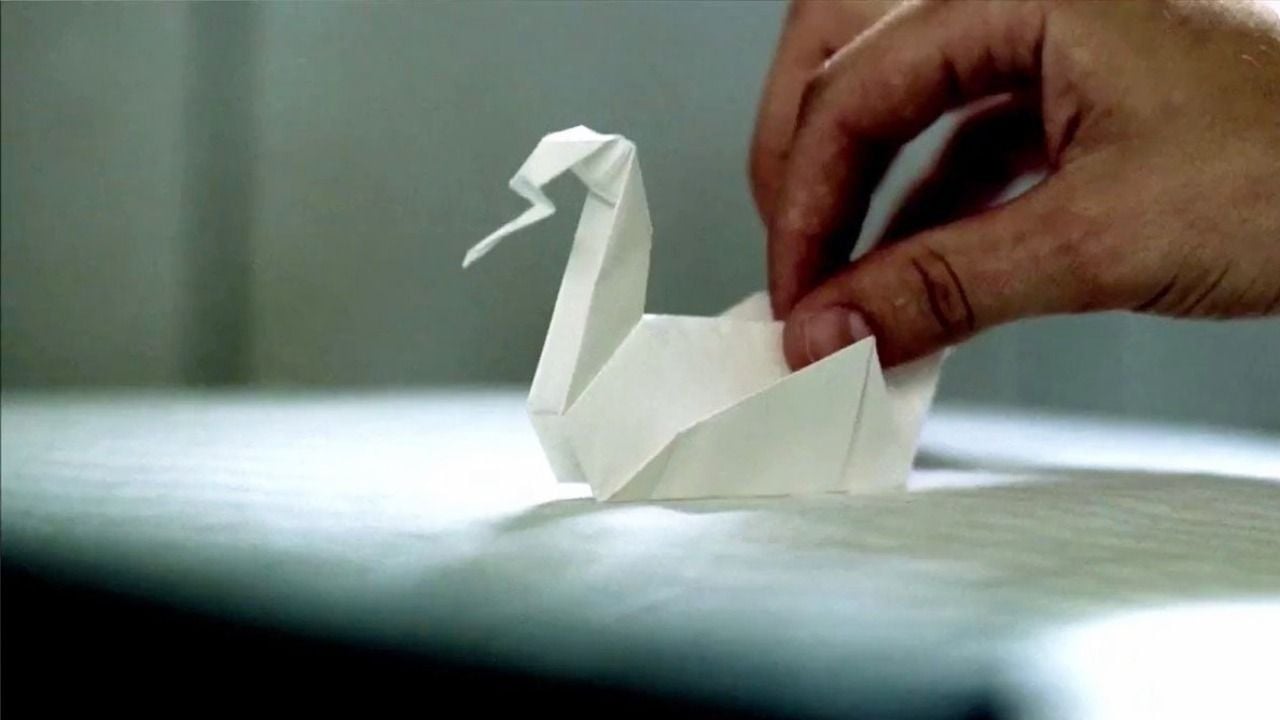Netflix has released a drama series dedicated to the main antagonist of Ken Kesey’s famous novel One Flew Over the Cuckoo’s Nest. The series is set in 1947, 15 years before the events of the novel. Viewers will see the story as it would be told by the “bad guy” – the same bitchy nurse Randle McMurphy opposed. We’ll tell you why this series is definitely worth watching.
background









